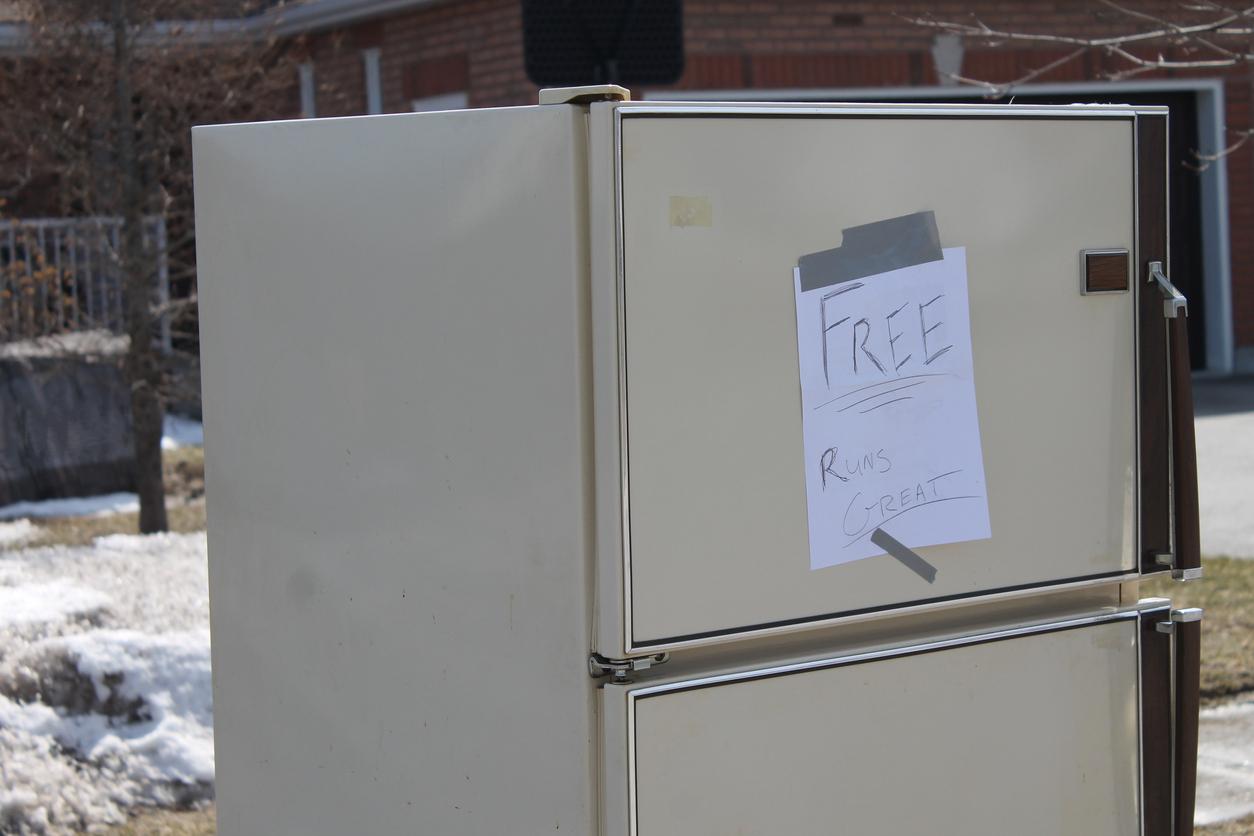What Are CFCs and Why Are They Banned? Here’s What You Need to Know
Published Feb. 24 2023, 4:02 p.m. ET

We’ve heard all about microplastics and PFAS, but what are CFCs? With a never-ending news cycle, it seems like there’s always something to worry about and a problem to solve.
Luckily, we’ve already figured this one out. To learn more about what CFCs are, how they harm the environment, and when they were banned, keep reading.
What are CFCs?

CFCs, also known as chlorofluorocarbons, are chemicals containing chlorine, fluorine, and carbon, according to the National Oceanic and Atmospheric Administration (NOAA). They are also nontoxic and nonflammable.
Chlorofluorocarbons can be found in aerosol sprays, solvents, refrigerants, and blowing agents, NOAA explained. Refrigerators, freezers, air conditioners, and aerosol sprays are some of the more commonly used products that contained CFCs.
Newer versions of these products do not contain CFCs — it was found that they might not be the best for the environment.
Why are CFCs bad?
As mentioned above, newer products no longer contain CFCs, and there’s a big reason for that. It turned out that these chemicals were causing some serious environmental damage.
The main reason that CFCs were so harmful is because of their ability to damage the ozone layer — which is responsible for keeping humans safe from ultraviolet radiation (UV rays).
According to National Geographic, an article published in 1974 detailed the consequences of using CFCs and how they could damage the ozone. The two authors — both chemists at the University of California — found that “the atmosphere had a “finite capacity for absorbing chlorine” atoms in the stratosphere.”
Just a single chlorine atom can destroy over 100,000 ozone molecules, the Environmental Protection Agency (EPA) explained. This discovery was extremely important, as CFCs were used in many different products at the time.
It wasn’t long after that a hole in the ozone was linked to CFCS, according to National Geographic. These days, we know that carbon dioxide is bad, but CFCs are even more potent — the facts made it clear that something needed to be done.
Are CFCs banned?
After the mounting evidence throughout the 1970s, leaders decided to take action. The threat of CFCs was so strong that their production was actually banned in 1987 by the Montreal Protocol, according to the U.S. Department of State.
Of course, CFCs didn’t just magically vanish from the atmosphere — the phasing-out process has been long and complicated. So long, in fact, that they weren’t fully phased out of production until 2010, according to the National Aeronautics and Space Administration (NASA).
National Geographic summed up the Montreal Protocol’s significant impact: “Without the pact, the EPA estimates the U.S. would have seen an additional 280 million cases of skin cancer, 1.5 million skin cancer deaths, and 45 million cataracts—and the world would be at least 25 percent hotter.” This action made a huge difference.
Not everyone has been following the rules though. In recent years, an increased amount of CFCs have been found in the atmosphere, according to NOAA. It was found that the banned chemical was originating from three different regions of Asia.
Thankfully we have the ability to detect CFCs and can crack down on the use of these banned chemicals.